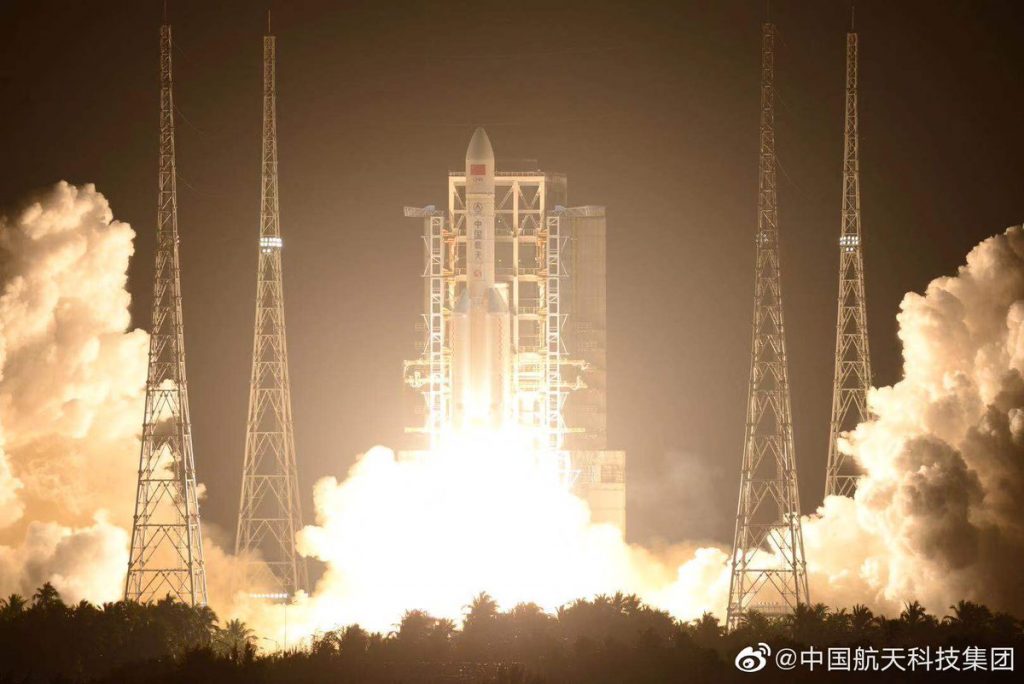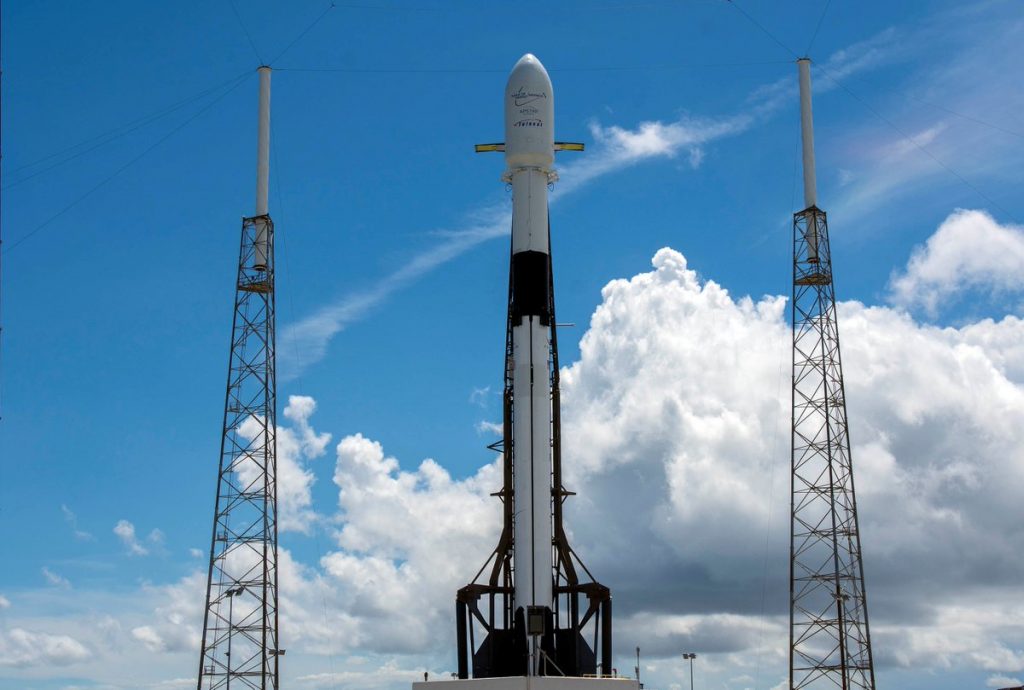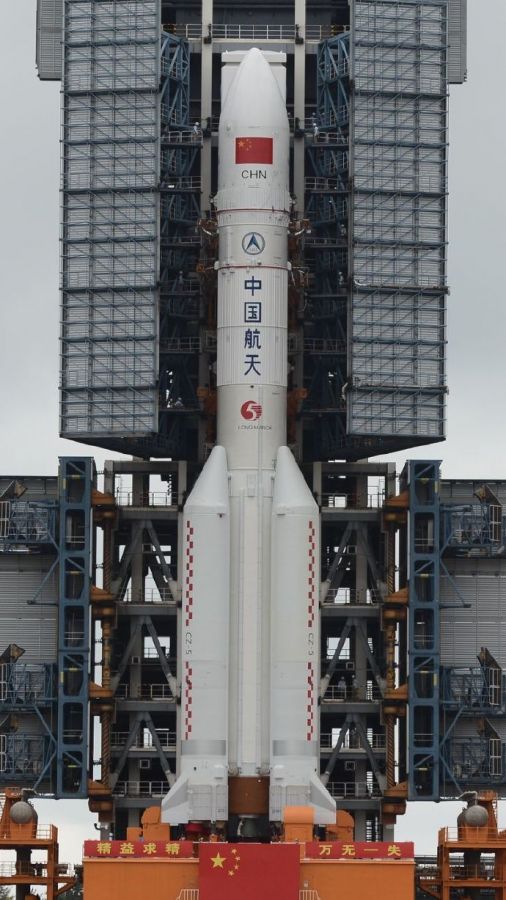China Aerospace Science and Technology agency launches a critical mission called the Chang Zheng 5 or also known as Long March 5 outside of China. This launch is amazing and a testament to China’s commitment to space.

The success of Long March 5 means it paves the way for a mission to the Moon, Mars, and beyond. It officially launched at 7:45 AM EST from Wenchang Spacecraft Launch Site in Hainan, People’s Republic of China.
If you’re familiar with rockets from the U.S such as SpaceX’s Falcon 9 or Europe’s Ariane 5 then you have a good idea of the power and lift capacity Long March 5 has.


If we take a little deeper look at the stages of the rocket it looks like the following:
- Stage 1 has four strap-on liquid-fueled boosters that push the rocket into space
- The 2nd stage burns liquid hydrogen and liquid oxygen
- The 3rd and final stage burns nitrogen tetroxide and unsymmetrical dimethylhydrazine
China Didn’t Always Have Successful Launches
If we want to appreciate the efforts that China that gave the space community a bigger reason to cheer we need to look at some of the last few launches.
The first flight launched in November of 2016 and went without a hitch. However, the second launch wasn’t as lucky.
This issue meant that China had to redesign its first stage rocket completely and test it vigorously. Now China was ready to get back out in public again and not only launch Long March 5 rocket but with a payload.
Showtime for Long March 5 While Carrying A Telecommunications Satellite
The payload Long March 5 carried is a telecommunication satellite called Shijian-20. NASASpaceflight.com explains the communication satellite well:
The Shijian-20 satellite is the maiden flight of the DFH-5 ultra-high-performance satellite platform featuring a high-thrust ion propulsion system with up to 28 Kilowatts power.
The satellite will have 70 Gbps of high-throughput communications capability in the Ka-band.
In everyday use on Earth, the Ka-band frequency range is most commonly used for 5G mobile telecommunication networks.
The Shijian-20 satellite also carries an optical infrared laser communications terminal for downlink data rates of up to 4.8 Gbps.
Of course, failure not only meant that they may have to go back to the drawing board and losing faith in the program but also losing a telecommunications satellite.
As we know, the launched went well and does set them up for success in 2020 and beyond. China has exciting missions like the Moon, Mars, and the outer solar system. It’s an exciting time to be alive and witness a new type of global space race.
Sources:
